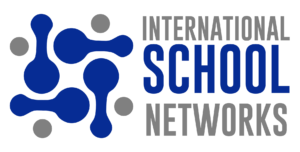ISN Certification
18-Level Certification Journey
To provide a comprehensive and structured certification program for schools to achieve international standards and improve the quality of education provided to students.
Program Structure:
The ISN Program consists of 18 levels, with each level taking two months to complete. Schools
progress through the levels by successfully completing the required tasks and meeting the
program objectives. Upon completion of the first year, schools receive the ISN certification and
can use the ISN logo. After two years, schools earn the Silver Certificate, and after three years,
they receive the Gold Certificate.
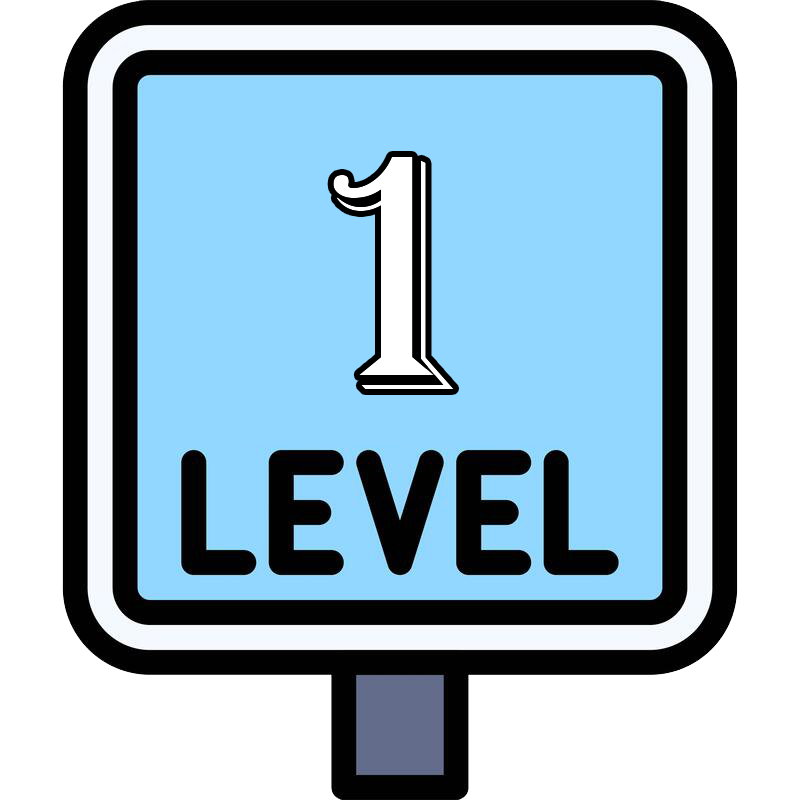
Introduction to ISN Program
- 1.1. Orientation to ISN Program structure, objectives, and benefits
- 1.2. Assessment of current school practices and performance
- 1.3. Developing an action plan for Level 1 tasks and goals

Construction Vision for the ISN Program
- 2.1. Establishing clear goals and expectations
- 2.2. Developing a school-wide vision statement
- 2.3. Communicating the vision to staff, students, and parents
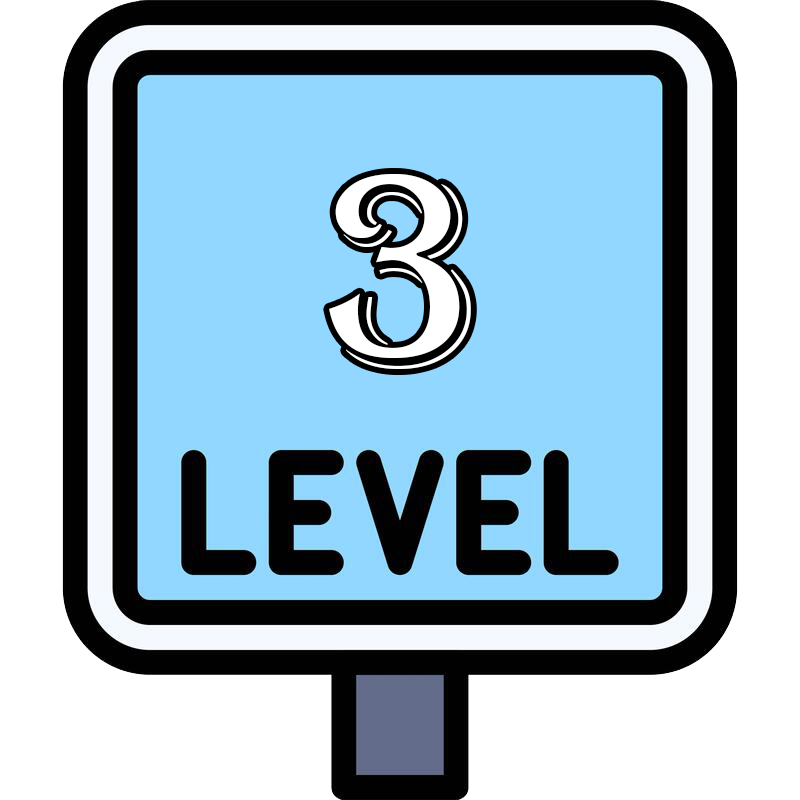
Curriculum and Instruction Alignment
- 3.1. Reviewing and adapting current curriculum to international standards
- 3.2. Implementing inquiry-based and student-centered learning practices
- 3.3. Introducing technology and digital tools into the classroom
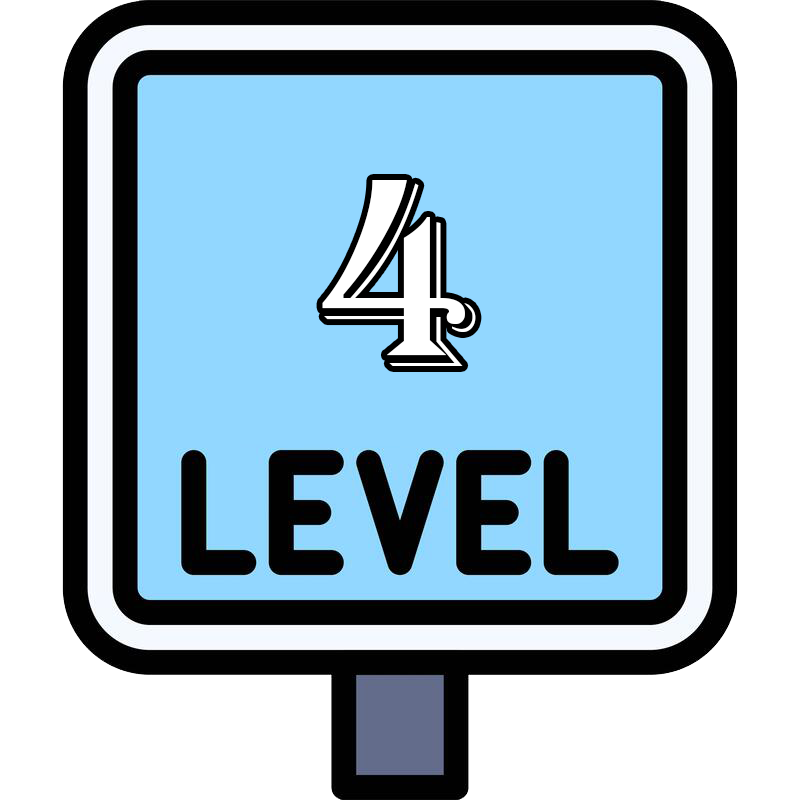
Assessment and Feedback
- 4.1. Developing authentic assessments aligned with international standards
- 4.2. Implementing effective feedback practices
- 4.3. Utilizing assessment data to inform instruction and improvement
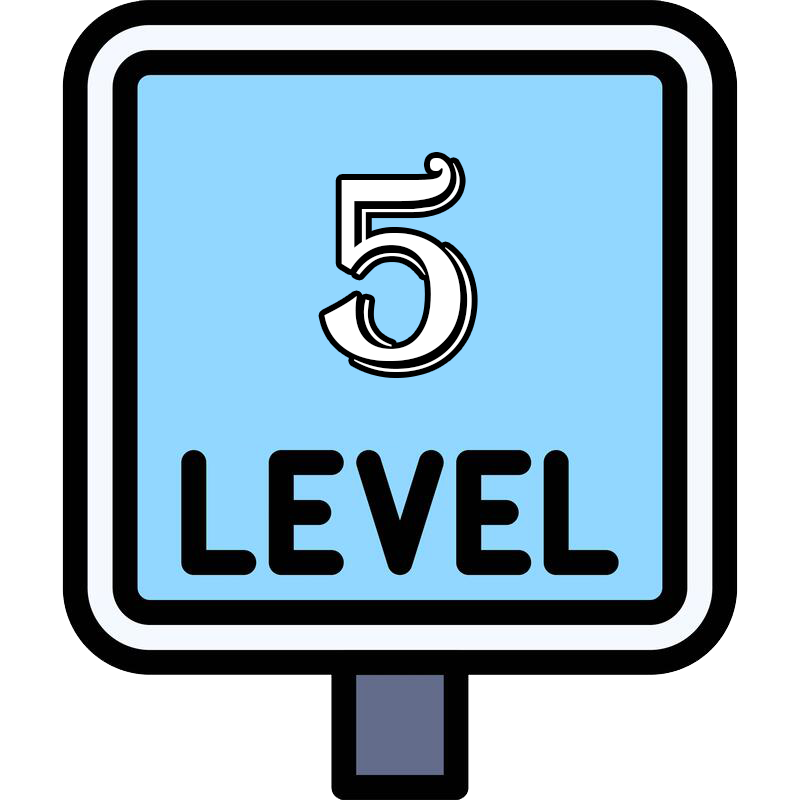
Supporting Diverse Learners
- 5.1. Implementing differentiated instruction strategies
- 5.2. Incorporating Universal Design for Learning (UDL) principles
- 5.3. Addressing social-emotional learning needs
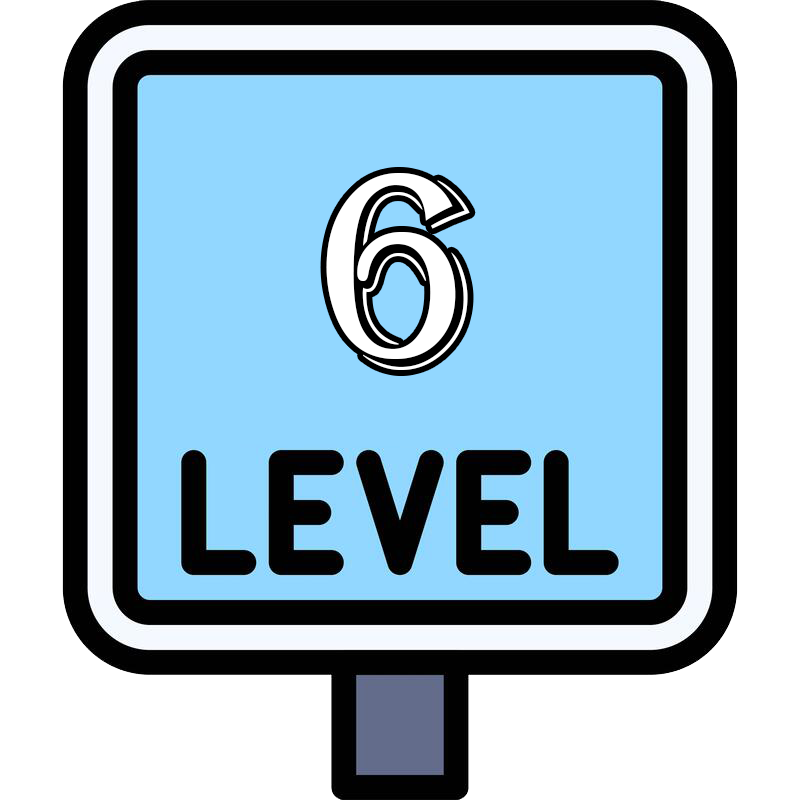
Professional Development
- 6.1. Identifying and addressing staff professional development needs
- 6.2. Establishing Professional Learning Communities (PLCs) for staff collaboration
- 6.3. Participating in ISN workshops and training sessions
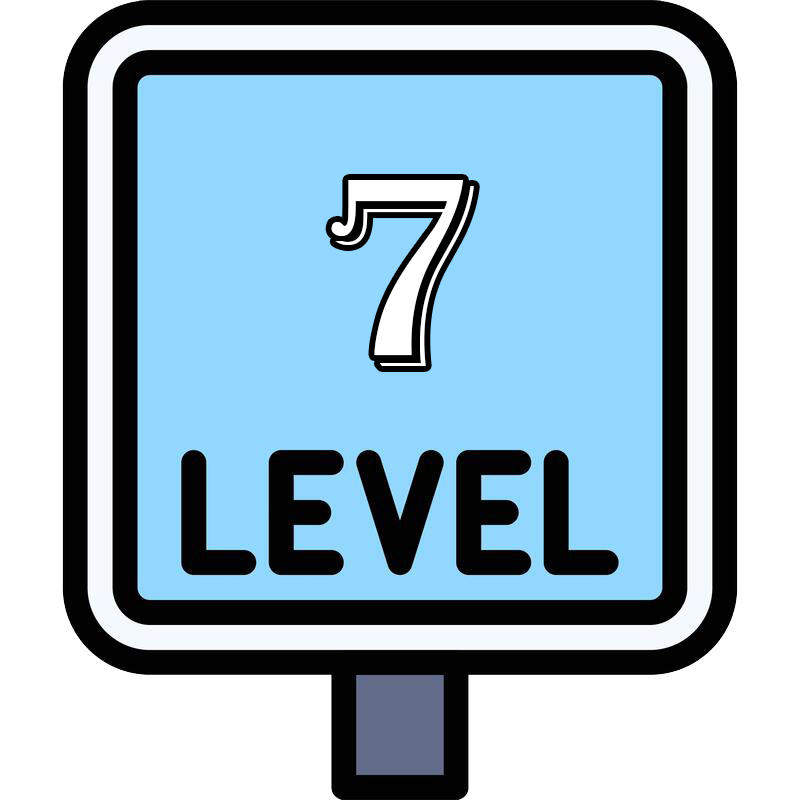
School Culture and Environment
- Promoting a positive and inclusive school culture
- 7.2. Creating welcoming and engaging learning spaces
- 7.3. Implementing strategies to support student well-being
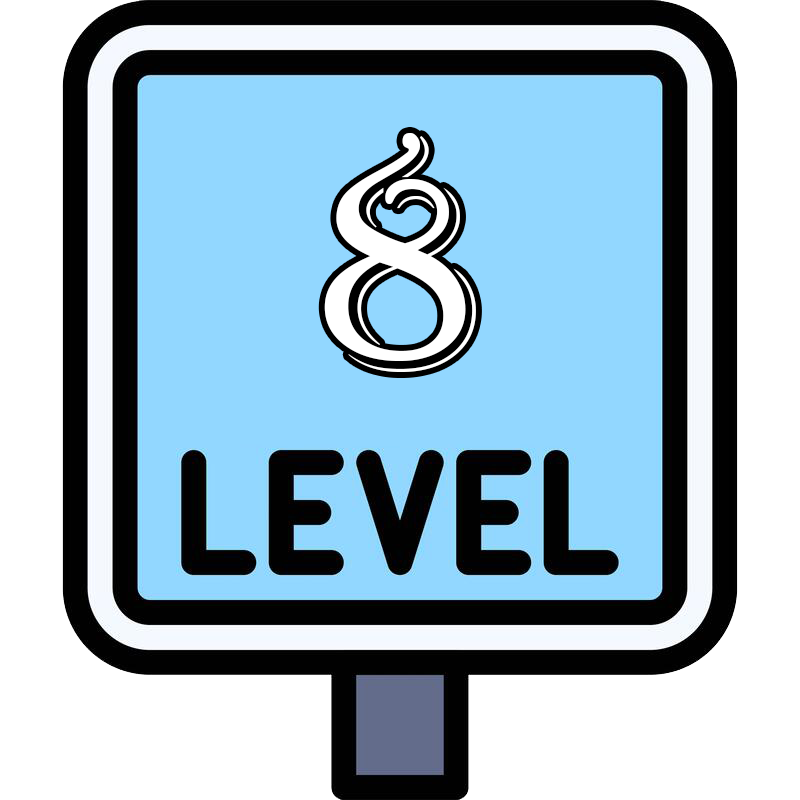
Parent and Community Engagement
- 5.1. Impleme8.1. Developing effective communication strategies with parentsnting differentiated instruction strategies
- 8.2. Involving parents in the ISN program process
- 8.3. Collaborating with community organizations and partners
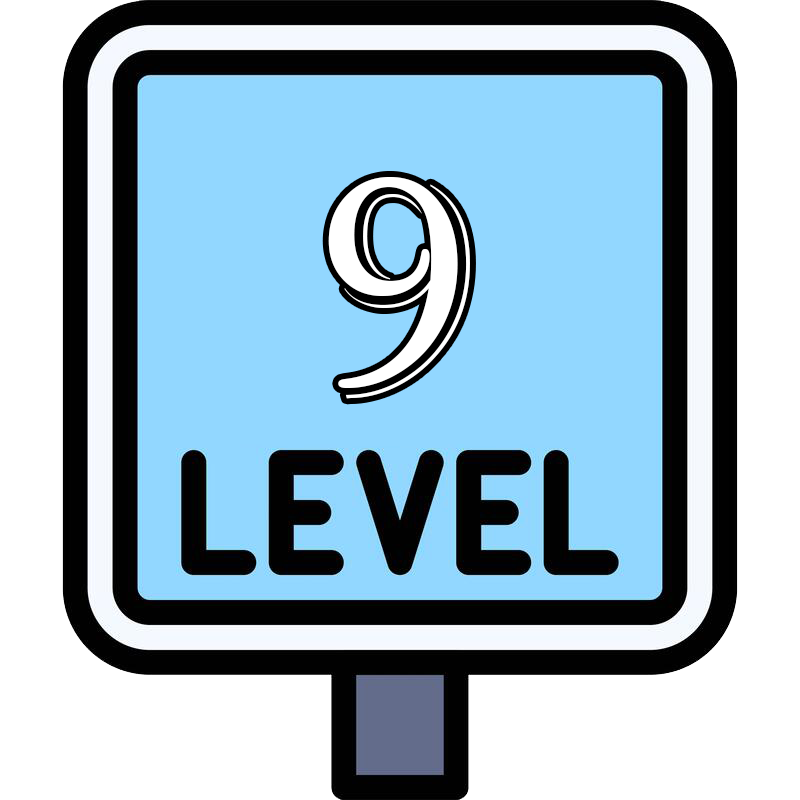
Leadership and Governance
- 9.1. Strengthening leadership skills and practices
- 9.2. Ensuring effective governance structures and policies
- 9.3. Aligning school policies with international standards
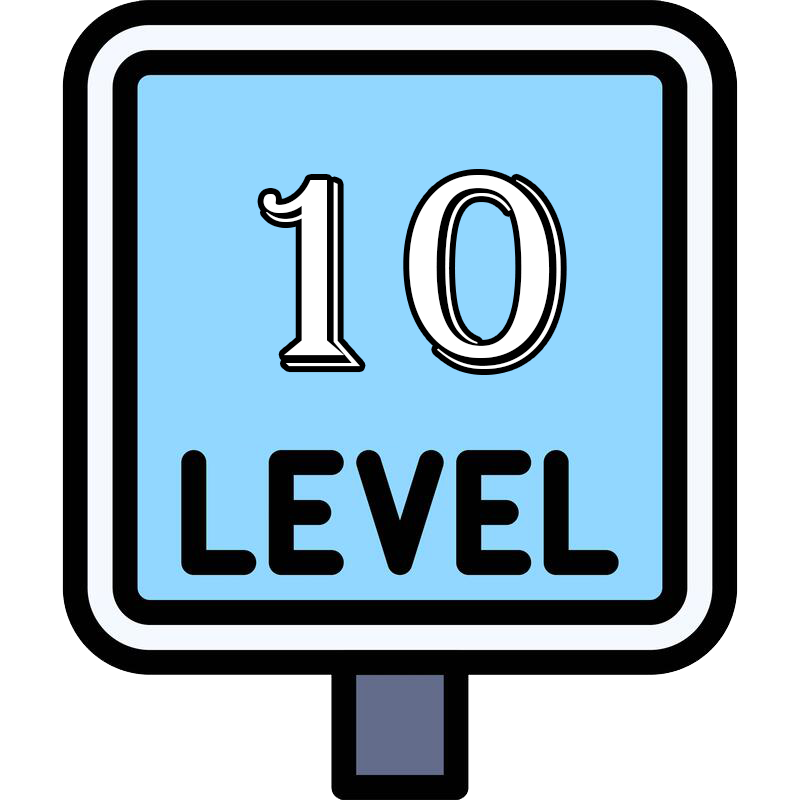
Technology Integration
- 10.1. Expanding the use of technology in curriculum and instruction
- 10.2. Developing a technology plan and policies
- 10.3. Training staff in effective technology integration strategies
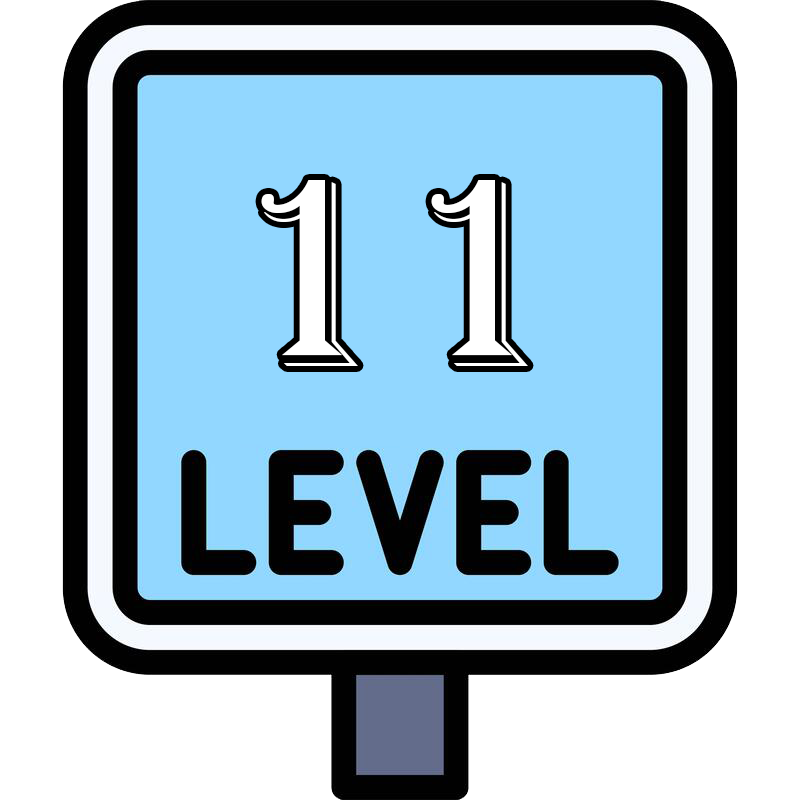
Monitoring and Evaluation
- 11.1. Establishing key performance indicators for the ISN program
- 11.2. Collecting and analyzing data for continuous improvement
- 11.3. Implementing best practices identified through evaluations
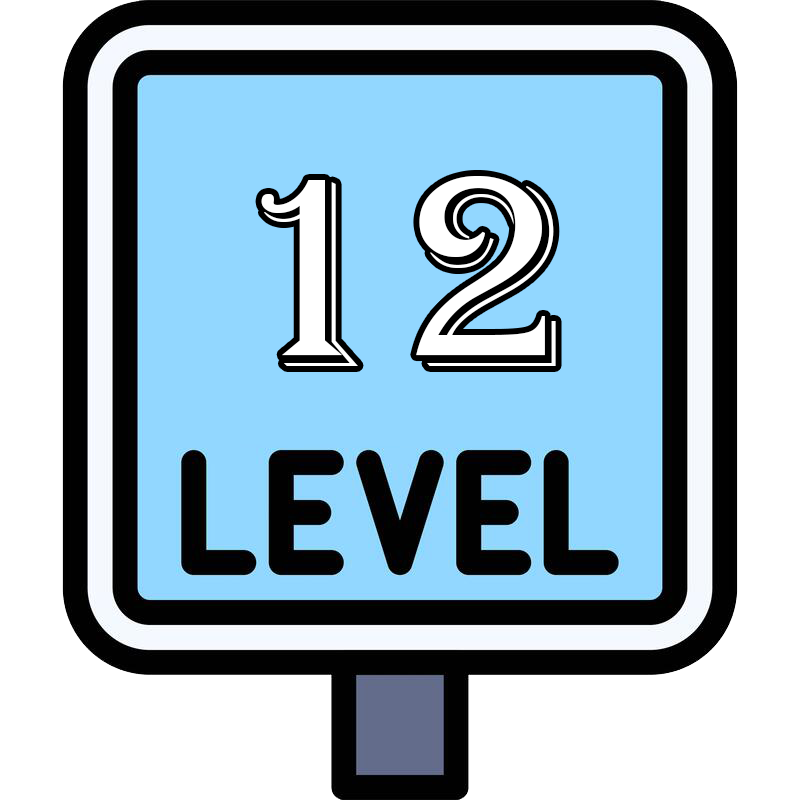
Accreditation Preparation
- 12.1. Preparing for the ISN accreditation process
- 12.2. Conducting a self-study and developing an improvement plan
- 12.3. Organizing and overseeing the on-site visit and evaluation
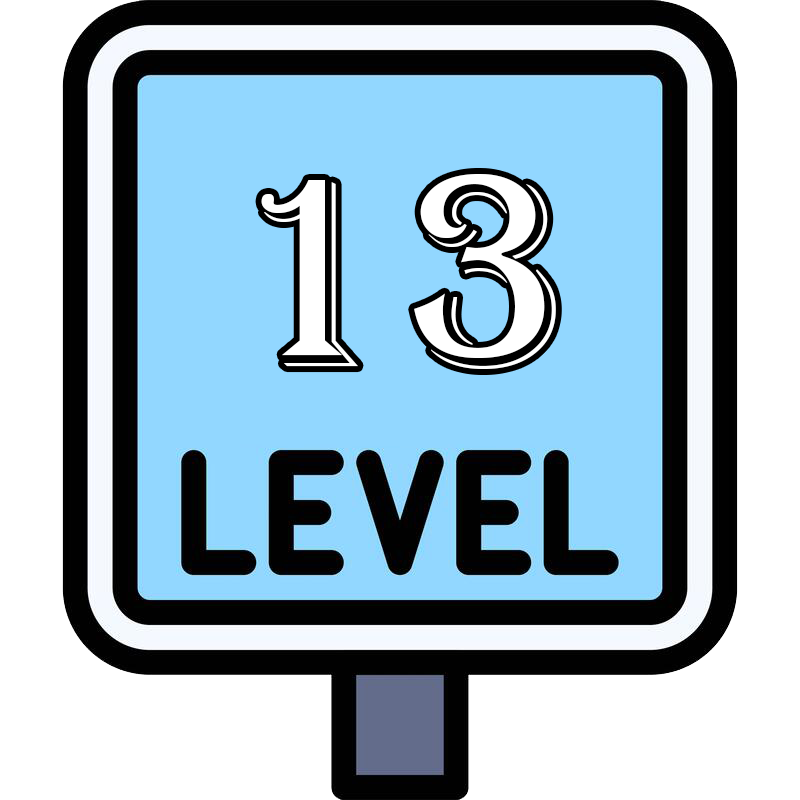
International Mindedness and Global Citizenship
- 13.1. Fostering a culture of international mindedness and global citizenship
- 13.2. Encouraging the integration of global perspectives and themes into the curriculum
- 13.3. Promoting opportunities for intercultural exchanges and partnerships
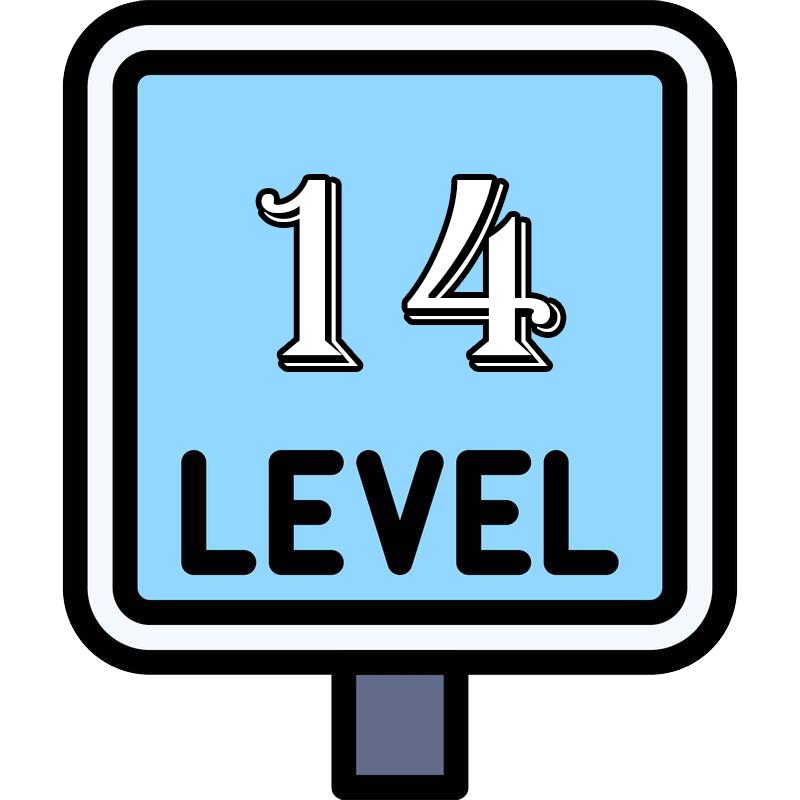
Environmental Sustainability and Stewardship
- 14.1. Integrating environmental sustainability into the school's vision and policies
- 14.2. Encouraging the incorporation of sustainability themes into the curriculum
- 14.3. Implementing initiatives to reduce the school's environmental impact
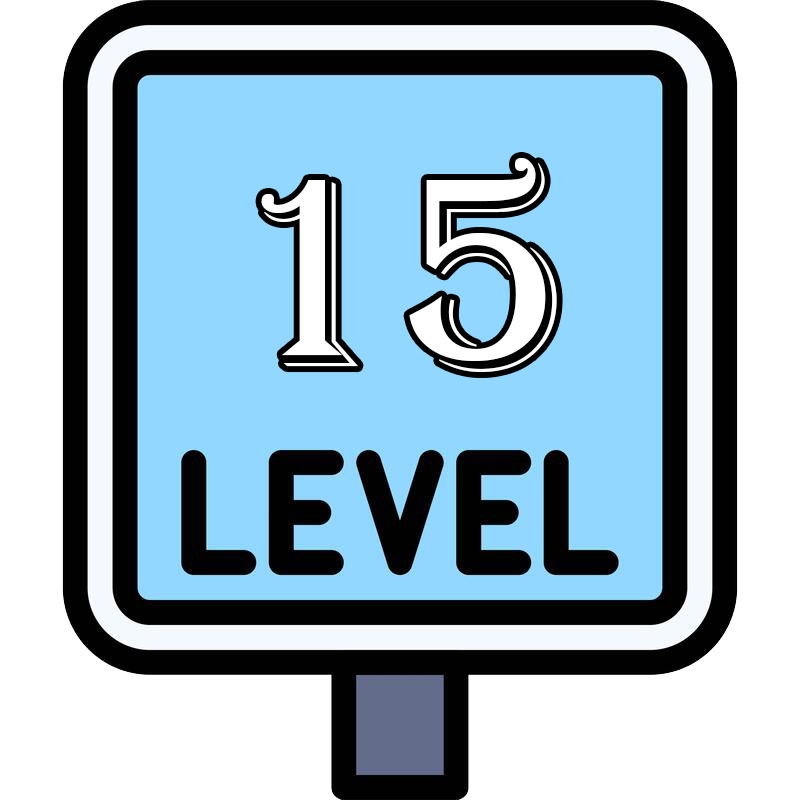
Social Responsibility and Service Learning
- 15.1. Fostering a culture of social responsibility within the school community
- 15.2. Developing opportunities for service learning and community engagement
- 15.3. Encouraging staff and students to participate in service activities

Arts, Culture, and Creativity
- 16.1. Advocating for the importance of arts, culture, and creativity in education
- 16.2. Supporting the integration of arts and cultural experiences into the curriculum
- 16.3. Encouraging partnerships with local arts organizations and cultural institutions
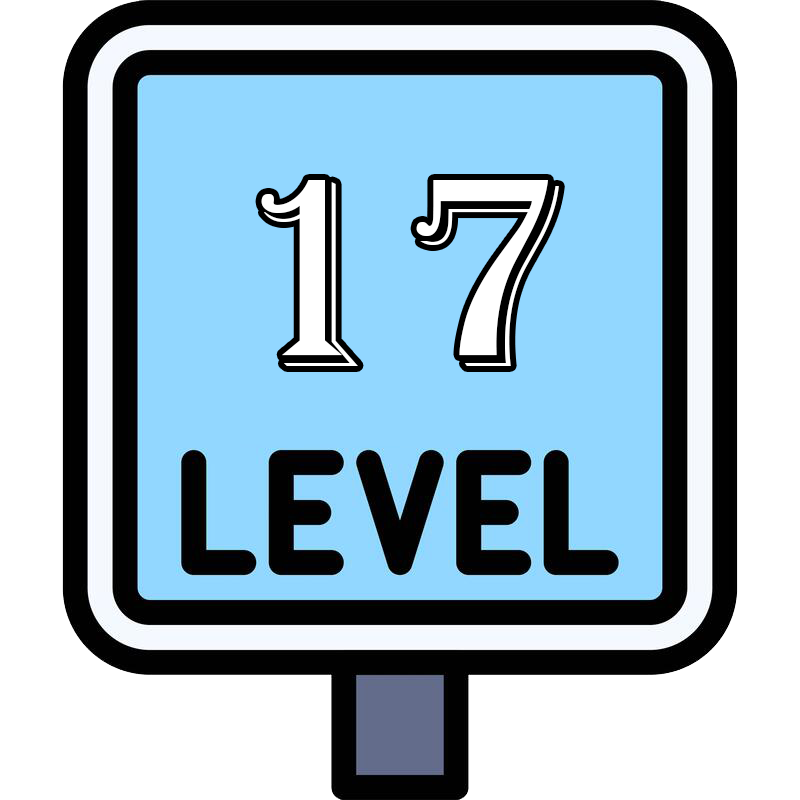
Health, Wellness, and Physical Education
- 17.1. Prioritizing health, wellness, and physical education in the school's programs
- 17.2. Ensuring the availability of resources and facilities to support physical activities
- 17.3. Encouraging staff and students to adopt healthy lifestyles
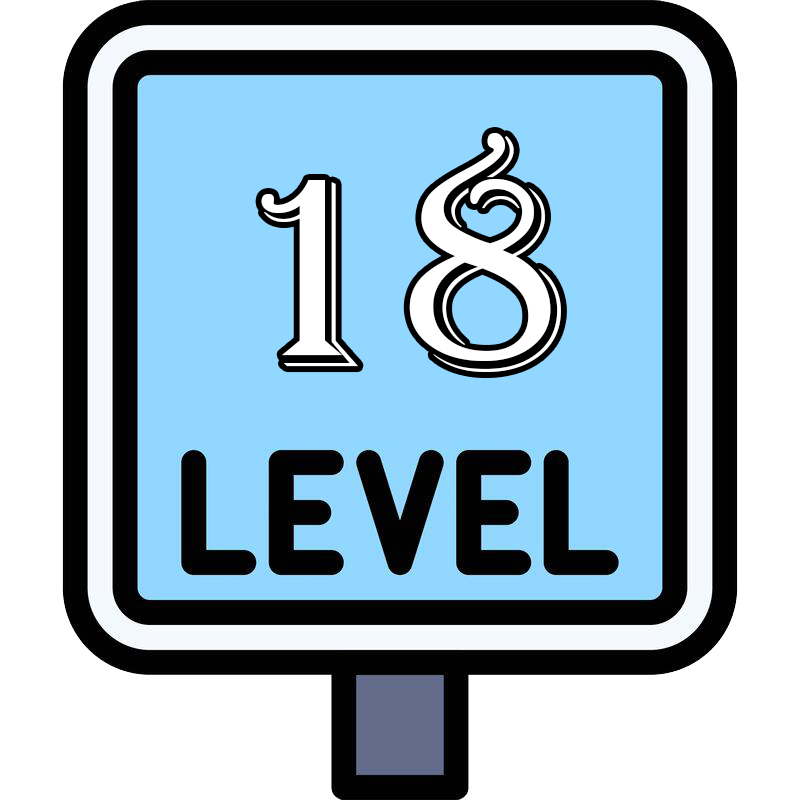
Final ISN Program Review and Certification
- 18.1. Conducting a comprehensive review of the school's progress in the ISN program
- 18.2. Preparing a final report and submitting it for ISN certification
- 18.3. Celebrating the school's achievements and planning for future growth in the ISN network
The ISN Program provides an 18-level certification journey for schools to achieve international
standards and continuously improve the quality of education provided to students. With a
focus on key areas such as curriculum alignment, professional development, technology
integration, and global citizenship, the ISN Program is designed to support schools in their
pursuit of excellence and prepare them to meet the challenges of an ever-changing world.
